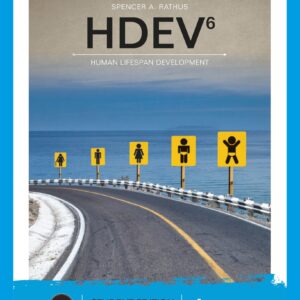Author: Marilyn Stokstad and Michael W. Cothren
Benefit from searchable text, zoom functionality for detailed viewing, and lifetime access to your purchases.
Have questions before or after your order? Feel free to reach out to us at [email protected]
Enjoy a 100-day hassle-free exchange policy for any quality issues, including missing pages. Your satisfaction is our top priority with every purchase.





